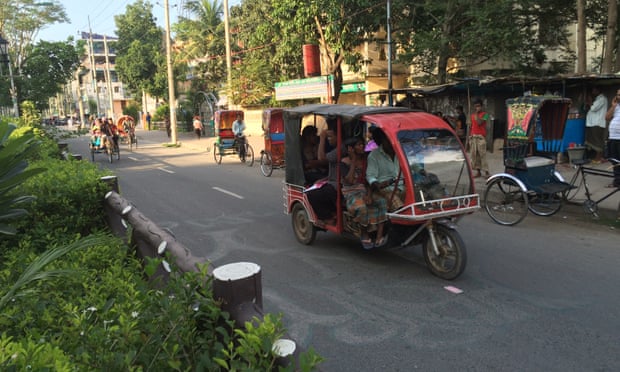Then suddenly Rajshahi, in Bangladesh, hit a turning point so dramatic that it earned a spot in the record books: last year, according to UN data, the town did more than any other worldwide to rid itself of air particles so harmful to human health. Rajshahi does not have a large industrial area, and it is too poor to have streets clogged with cars. Instead, Haque believes it was the campaign to clean up the brick kilns, as well as efforts to make the city greener, that have turned the tide.
Levels of larger PM10 particles went from 195 micrograms per cubic metre in 2014, to just 63.9 in 2016, a reduction of about two-thirds, and the largest in the world in absolute terms. Smaller PM2.5 particles have been nearly halved to 37 micrograms per cubic metre from 70. Nowadays it’s a different city, thanks to the campaign that began with a tree-planting drive more than 15 years ago, and now encompasses everything from transport to rubbish collection. Dust still hangs heavy in the air on occasions, but the transformation has been welcomed by local residents in a country where urban authorities more often generate frustration and resentment.
Upgrades to the brick kilns, such as changing chimneys and fuel, have reduced the amount of pollution they spew out around the city, Haque says. And he has personally designed and overseen a project to make the city centre greener while reducing the amount of dust kicked up by people and vehicles. He became convinced that the city needed more pavements after trips to study urban planning abroad. At the time the asphalt surfacing of the city roads mostly ended in a dusty verge, sometimes with open drains, dangerous and unappealing for walking along, he said.
People are proud of their town, and have started looking after it more closely after the transformation, says restaurateur SM Shihab Uddin, who spent nearly a decade working in Cyprus before returning to open his own chain of eating spots for the growing middle class.
Read the full article @ the Guardian



No comments:
Post a Comment